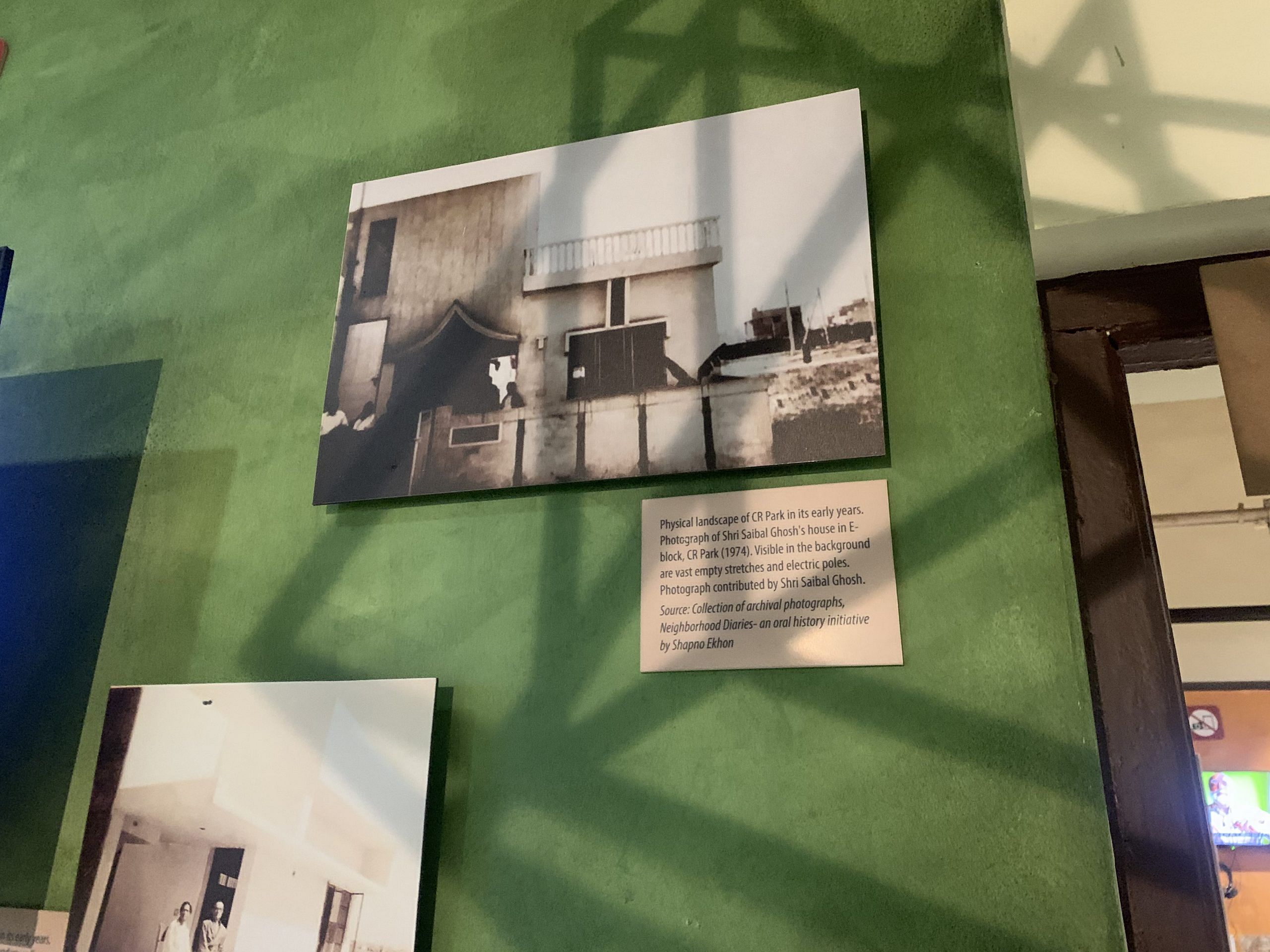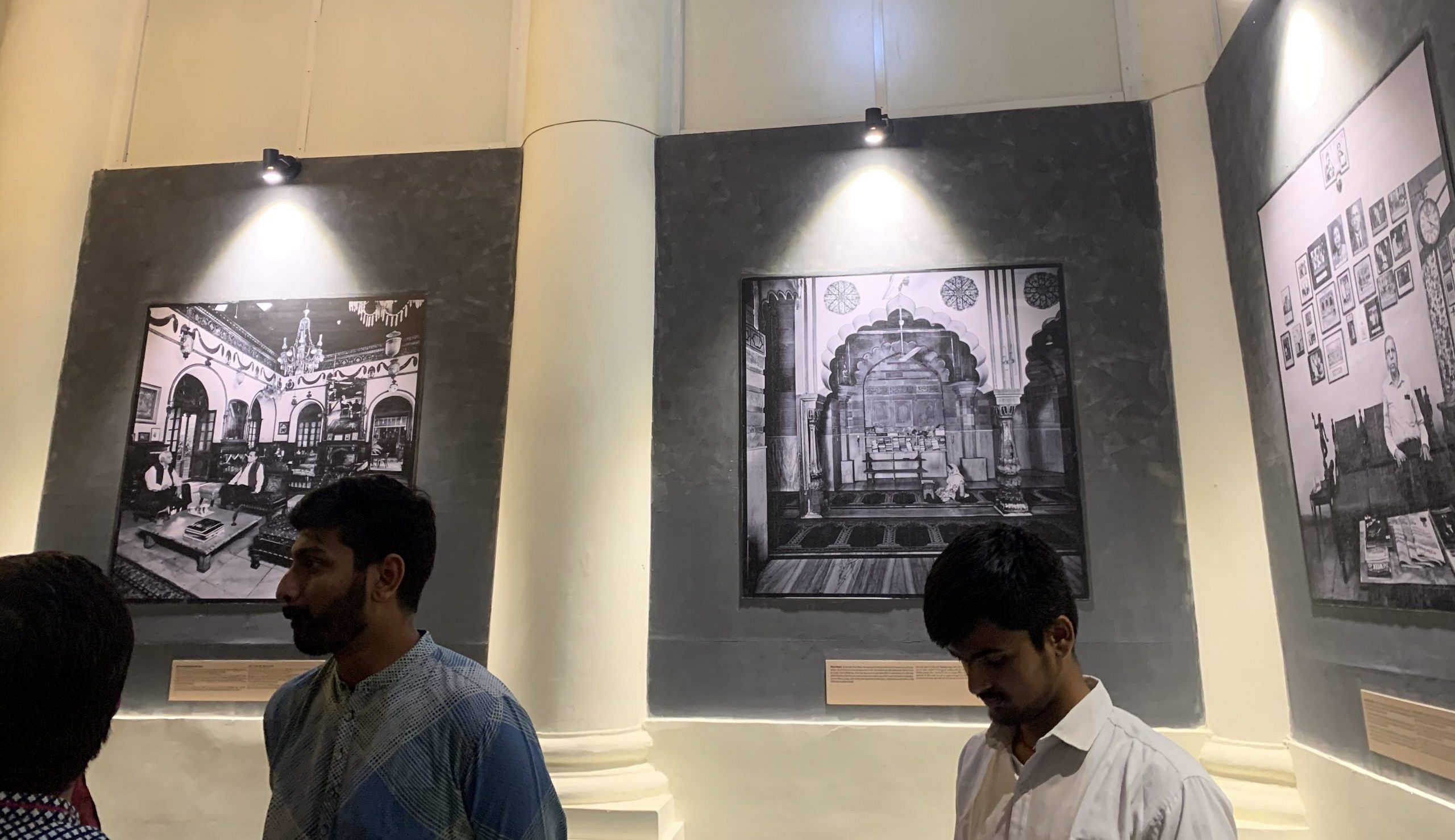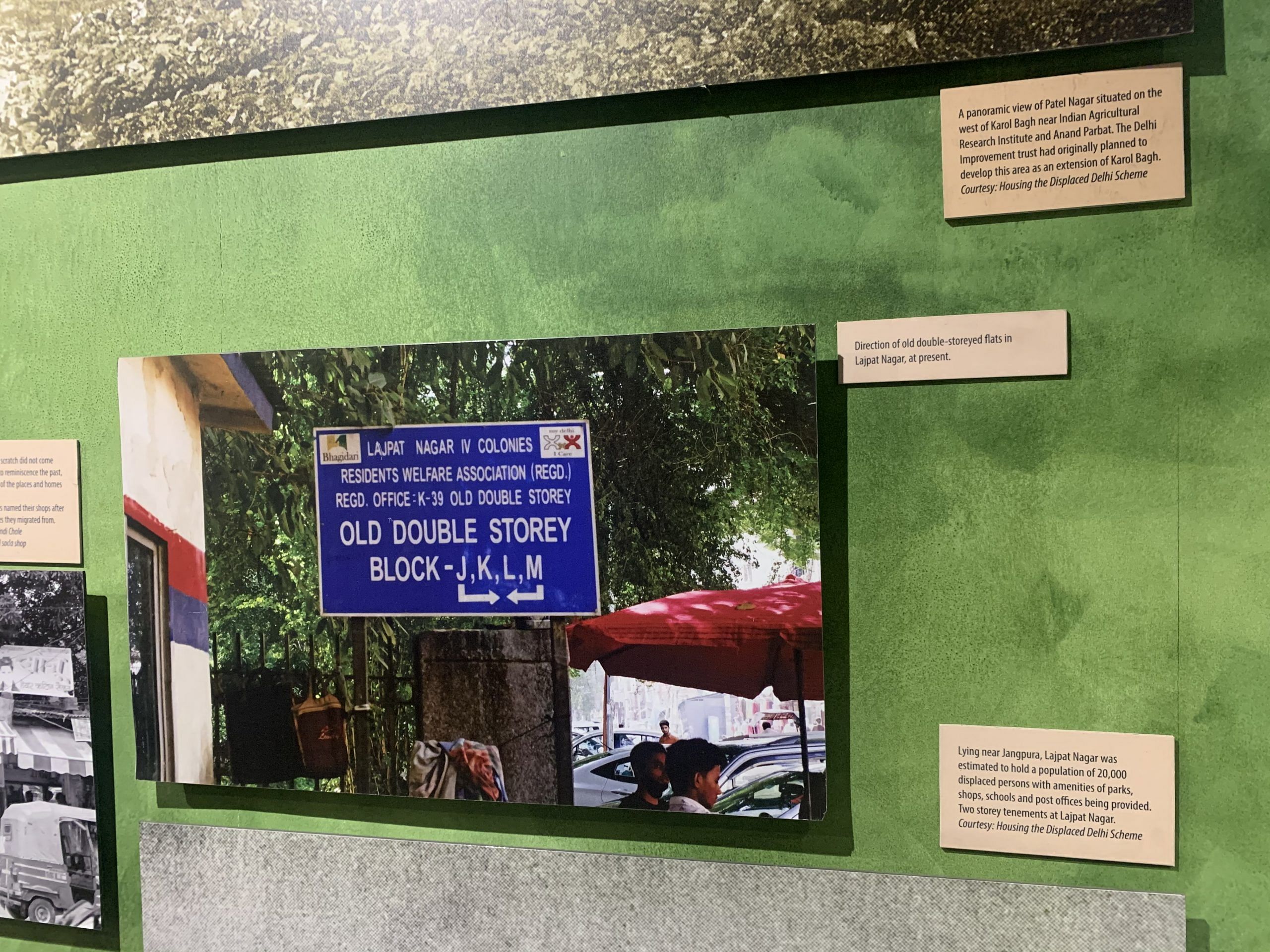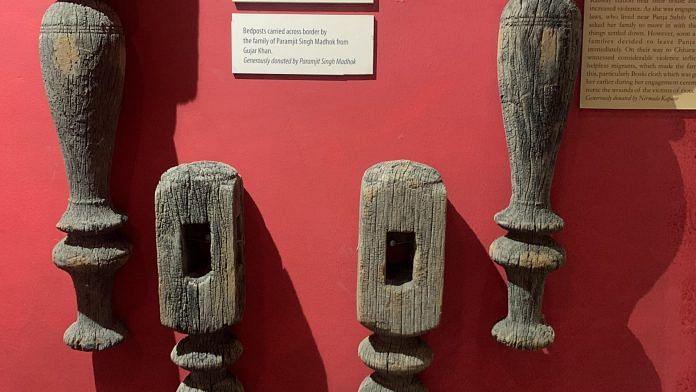New Delhi: A shawl with Sindhi embroidery, a white crochet table cloth, a chequebook dating back to a time when Sialkot was yet to become Faisalabad. These are no longer a motley collection of possessions of the lakhs of people who were displaced during Partition. They are now artefacts of material memory — integral to the piecing together and documenting of the 1947 Partition of India, a part of history beholden to personal accounts and memories.
This assortment of objects has found a home in Delhi’s Ambedkar University. The Dara Shikoh Library Building in Old Delhi — rich in its own history — is the site of India’s second partition museum, after Amritsar. Inaugurated Thursday, 18 May, it is now open to the public (10am-5pm, Tuesday to Sunday).
With delicately preserved artefacts and a trove of images that feel tactile, the museum is an attempt to portray Partition in an unvarnished form. The photographs do this adeptly: children suffering from cholera, eyes wide and expressions glassy. An exhausted woman breastfeeding her child under the protection of an umbrella, travelling on a mule. Refugees at camps standing in line for water; the queue is endless and the water a trickle. These photographs have been sourced largely from the Nehru Memorial Museum and Library, and Getty Images.
Getty Images’ Margaret Bourke-White was one of the first photographers for Life Magazine, and each of her pictures is metonymic, filling the viewer with the largesse of what transpired.
The museum is a testament to the power of searing and honest photography — it uses material objects to allow a generation unfamiliar with the trauma to identify with it.

Built by families
Curated by the Indian National Trust for Art and Cultural Heritage in collaboration with the Delhi government, the museum tells the stories of suffering. In the 76th year of Partition, memories are dwindling and their preservation calls for urgency. In her address, Dipali Khanna, treasurer of the trust, thanked the families “for donating their memories, memorabilia and money.”
“Oral histories form the core of our Partition narratives. It is these eyewitness accounts that tell you how people suffered, standing witness to the resilience of human-spirit,” Khanna said.

Much of the material has been acquired through the archives of artist Amar Nath Sahgal, now managed by his family. Educated in Lahore, he moved to India after 1947, and the events of Partition loomed large in his sculptures, his art — through his career.
Another such family whose Partition stories come alive in the museum are the Sibals. Lawyer Hira Lal Sibal, father of lawyer and Congress leader Kapil Sibal, had “a varied practice”. He defended Partition-chroniclers Saadat Hasan Manto and Ismat Chugtai, known for laying bare atrocities and exposing the underbelly of ‘civilised society.’ Hira Lal Sibal’s memories of Partition fill up nearly an entire gallery, combined with photographs of his family and even the gown he used to practice law in.
Delhi’s reality
Partition is far more complicated than just instances of horror. After displacement, comes the inverse: rebuilding.
The museum provides an authentic perspective to Delhi’s youth or someone not a native to the city. Colonies like Lajpat Nagar, Rajendra Nagar, Patel Nagar, Jangpura, Nizamuddin Extension were originally built for refugees and subsequently gentrified. The contours of the city as we know it were brought together by an act of separation.

“The map of Delhi changed forever,” reads the description blurb in the museum. There are also facts on refugee demographics in Delhi. Most were from “an urban background” and migrated from affluent areas in West Pakistan. The government tried to control their numbers, initially only 300,000 were to be accepted. “Once the Muslim convoys had left by train for Pakistan, these camps opened to Hindu and Sikh refugees pouring into the city.”
Stories of survival
Among the attendees were a few Partition survivors like Gulshan Nanda who devoted much of her life to the female refugees at Kingsway Camp, Delhi’s largest refugee camp. She knew how to embroider, and linen was being brought in bales from Gujarat. The women of the camps began their own textile enterprise, and thus received a new lease of life.
Another survivor Ashok Talwar tearfully recounted meeting his father at a refugee camp, after they were separated. He was placed in his father’s arms by his grandmother, who said, “Here, hold your amanat.”
The museum inauguration was also attended by Delhi’s Minister for Education and Culture, Atishi. She narrated her family’s Partition story — a reminder of how Delhi’s history, bloody and filled with strife as it may be, needs to be remembered.
(Edited by Prashant)






